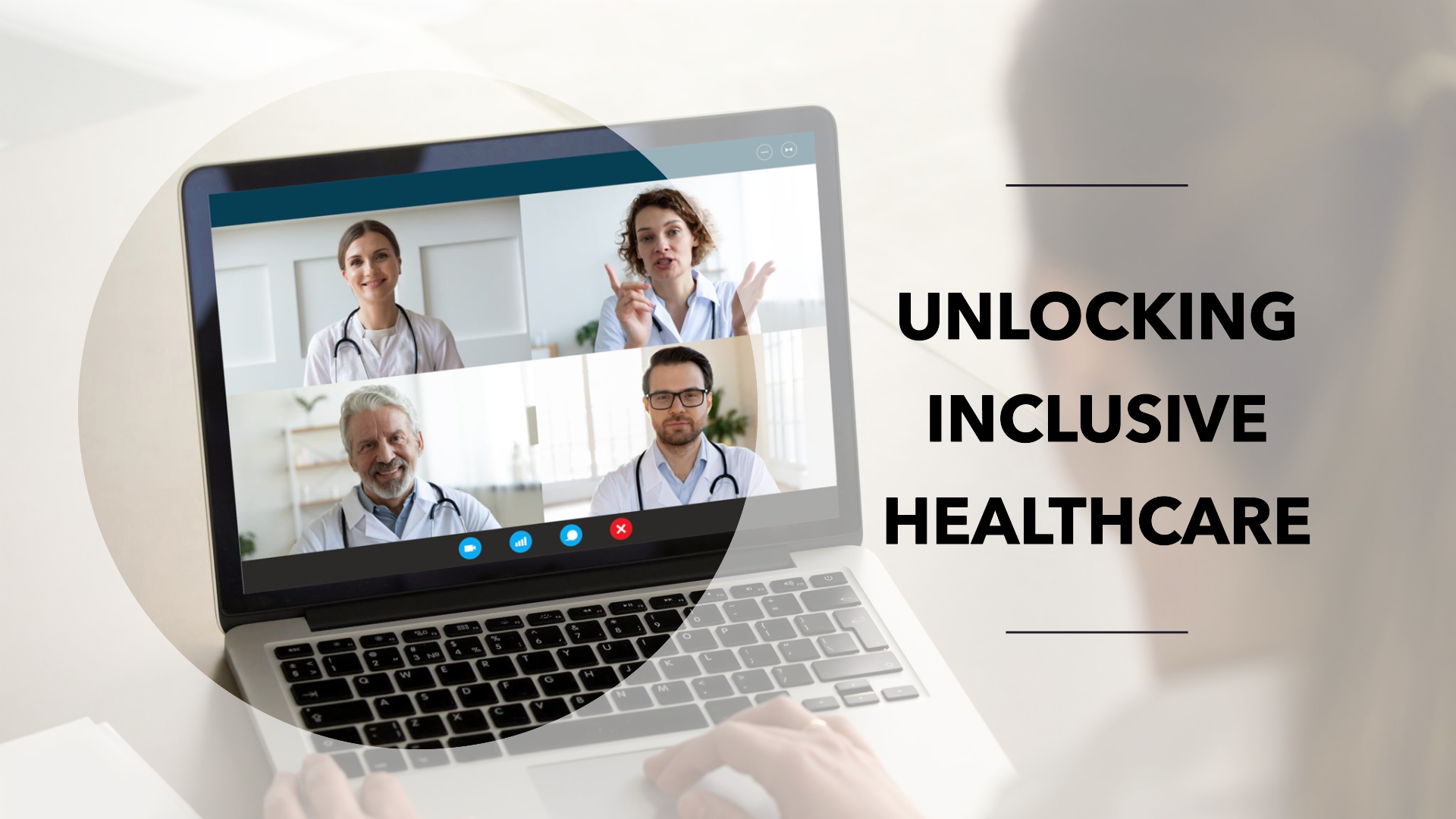Patients and the healthcare industry benefit from the rise of IoT technology, providing both with increased access to care, increased quality of care and perhaps, most importantly, reduced cost of care.
With IoT medical devices, the disabled and elderly who were once left with no option but to live under controlled care in an expensive medical facility are now free to live at home. Families of patients who have Alzheimer’s can have peace of mind that their loved ones will not wander off with the IoT device that not only keeps doors locked but monitors movements with GPS locators.
IoT integration in healthcare doesn’t just focus on the elderly. Any in-home patient can now be supervised remotely by their doctor ensuring everything from proper use of equipment to monitoring oxygen levels and blood pressure. In-home patients can even rely on remote alerts on IoT devices to remind them when it is time to take their medicine which when not taken, is automatically updated to the cloud notifying the care team. The company, Uxari, can set up monitoring systems that control the patient’s room’s prescribed temperature and sends videos to caregivers who observe the patient remotely.
Smart beds are already being utilized by some hospitals to keep track of their patients. It not only detects if the bed is occupied or if the patient is attempting to get up, but it also adjusts itself to meet the patient’s recommended amount of pressure and support. There is no longer the need for a nurse to manually correct the bed’s position every time a patient moves or gets out.
Hospitals are also using Internet of Things technology with Bluetooth to track everything from patients to staff and equipment. Facilities can now track the real-time locations of their assets, saving thousands of dollars.
You’re probably already aware of consumer-based IoT devices such as wearable tracking gadgets that collect and evaluate your fitness progress. While fitness devices may be synonymous with health, it is portable wearable healthcare devices such as insulin pumps for the diabetic or pacemakers with a smart sensor that is changing lives.
Whether you are worried expectant mothers who have suffered the heartbreak of multiple miscarriages, an eager first-time mom or your pregnancy is high-risk; you can wear a portable IoT device that will monitor the fetal activities and development of your baby in utero. With this digital health technology, the heart rates of both mother and baby are monitored, collected and transmitted to a smartphone and stored in a cloud that is accessed by both the mother and her doctor.
Life Alert is perhaps one of the most recognizable IoT healthcare devices, to date. Over 32,700 people can attest to how Life Alert saved their lives from a medical emergency. First released in 2008, the Life Alert device is worn as a pendant around your neck or on a wristband. At the push of a button, help is on the way.
Although the integration of IoT or wearables and healthcare is not without its challenges and controversies, there’s no sign that its momentum to continue seeking innovative ways to enhance the patient-doctor relationship will slow down anytime soon.





